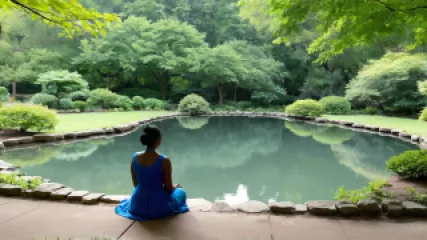10 Healthy Habits for Optimal Mental Health
před 1 rokem
Zdravé návyky
My Journey to Overcoming Somatic Symptoms
před 1 rokem
Řízení somatických symptomů
How to Perform a Mental Health Check: A Step-by-Step Guide
před 1 rokem
Kontrola duševního zdraví
The Ultimate Guide to Mindful Eating Practices
před 1 rokem
Všímavé jídlo
Effective Somatic Symptom Management Techniques: A Research Summary
před 1 rokem
Řízení somatických symptomů
How Mindfulness Practices Motivated Me to Inspire Others
před 1 rokem
Motivace ostatních
The Ultimate Guide to Performing an Effective Mental Health Check
před 1 rokem
Kontrola duševního zdraví
10 Peer Pressure Situations You Need to Avoid
před 1 rokem
Vliv vrstevníků
How Can You Cultivate Empathy?
před 1 rokem
Pěstování empatie
My Journey with Positive Reinforcement: Transforming Habits and Mindset
před 1 rokem
Pozitivní posílení
Emotional Intelligence Lessons from 'Inside Out' for Children
před 1 rokem
Dětská psychologie
The Importance of Regular Mental Health Check-ups
před 1 rokem
Kontrola duševního zdraví
10 Proven Strategies to Overcome Peer Pressure
před 1 rokem
Vliv vrstevníků
My Journey to Finding Sensory Processing Solutions
před 1 rokem
Zpracování smyslových informací
Proven Strategies to Overcome Peer Pressure
před 1 rokem
Vliv vrstevníků















